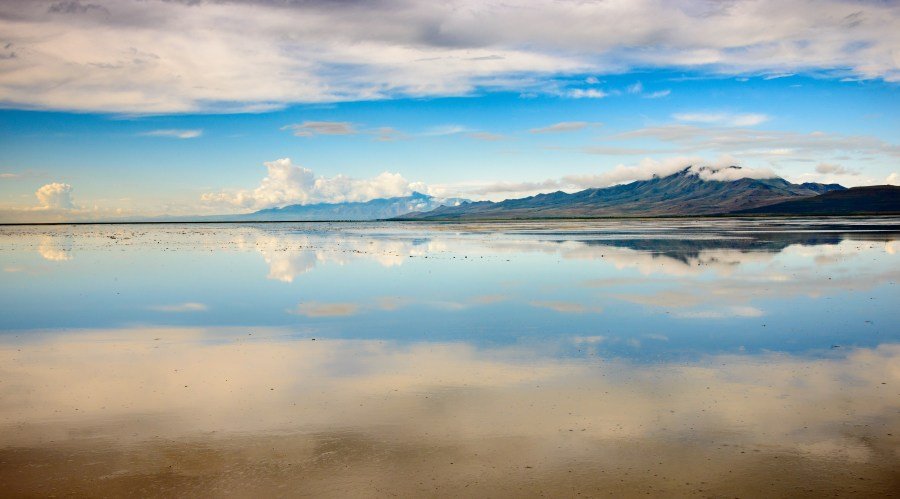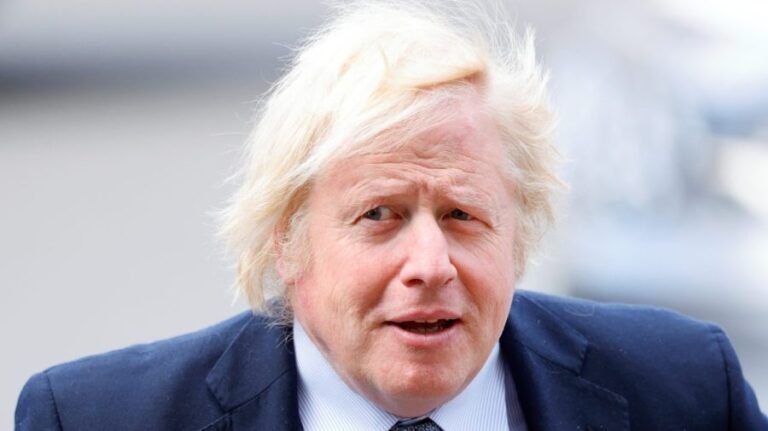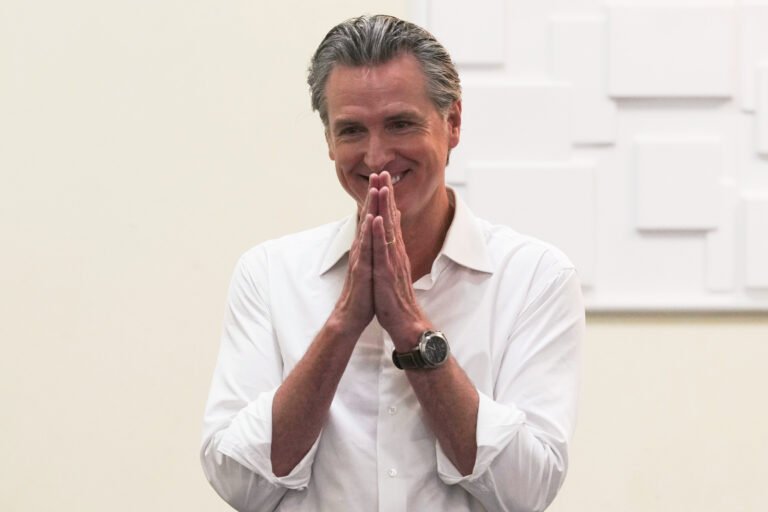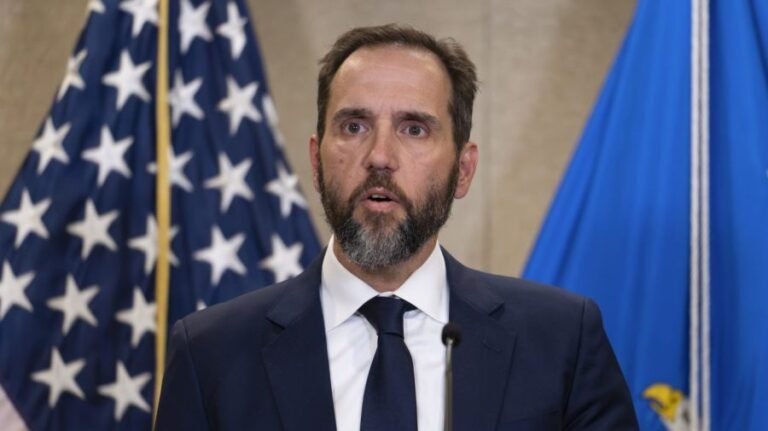
A decade ago, state regulators warned Utah farmers that court-ordered injunctions might drain their water rights to refill the Great Salt Lake. Today many of those same producers can now cash checks for the water they don’t irrigate, and more than 288,000 acre-feet of water has been dedicated to the lake.
The lesson is simple: When conservation pays, conservation happens. The same forces that built America’s economic prosperity — private property rights and free-market capitalism — hold the key to addressing her environmental problems.
On July 3, President Trump created the Make America Beautiful Again Commission. The executive order calls for voluntary approaches to managing America’s parks, rivers and land. It’s a step in the right direction.
Consider Utah’s experience: Since 2022, the state has allocated $40 million toward its voluntary leasing program. Even though water prices vary, this voluntary approach remains cheaper than the legal fees and crop losses tied to mandatory cuts. Unlike command-and-control regulatory approaches, which penalize resource users, voluntary conservation happens when we are rewarded for taking care of our resources. This approach, based on rights and incentives, has great potential to create long-lasting stewardship that rewards both the environmentalist and the farmer.
In my area of expertise, natural resource economics, economists find that voluntary conservation works. The Great Salt Lake, for example, came close to running dry after years of overuse. Instead of mandating that farmers slash their water usage, which would have required a slew of litigation, Utah offered to pay farmers who opted to reduce water use. Farmers became the water entrepreneurs of the West, figuring out creative ways to use less water while still growing crops. Although the lake has not yet stabilized, voluntary conservation has renewed hope in saving it.
Why does this work?
First, voluntary conservation creates stakeholders instead of martyrs. In Utah, the threat of mandatory water reductions led to feelings of ill-will, pitting the health of the lake against the livelihoods of farmers. The legislators quickly realized that voluntary conservation would be more feasible and could provide more stability for the lake in the long run. No one picked winners and losers. No one chose agriculture over the environment. Instead, for those who could save water, there now existed a prize. These payments signal an exchange of goods: The state is leasing a privately held resource — wet water that can now be delivered to the lake — in exchange for less than one-third of the cost of litigated cutbacks.
Second, voluntary conservation starts at the community level, not in Washington. While many environmental policies will still be drafted in D.C., it is important to recognize that there is no one-size-fits-all for environmental recovery. Southern California is affected differently by wildfires than northern California. Bozeman, Mont., has different levels of population growth and resource access than Phoenix. Letting communities create their priorities and participate in rule design makes local knowledge the foundation for effective decision-making.
Finally, this approach responds to changes in local economies or the climate. If Utah experiences a wet year, the price for saved water might go down. If Utah experiences another drought, saved water might become more valuable, signaling to farmers that water use for crops might come at a high forgone cost. Importantly, the market for water is agnostic about use. It simply shows users the cost of that use. These signals are important in conservation, as a policy that imposes drought conditions year-round might come at a high cost to constituents who are already saving water.
Despite the promise of voluntary conservation, there is still work to be done on what it will look like in different contexts — not just water. The basic formula of rights and markets can solve problems of pollution, fisheries, forests, land use and other environmental challenges. This policy approach marks a new era for conservation, one of collaboration, hope and optimism.
America’s best resource has always been her freedom. Let us use it to protect her environmental resources for generations to come.
Katherine Wright, Ph.D., is the Herbert R. Hutchison Post-Doctoral Research Fellow at the Hillsdale College Hutchison Center for Commerce and Freedom.


